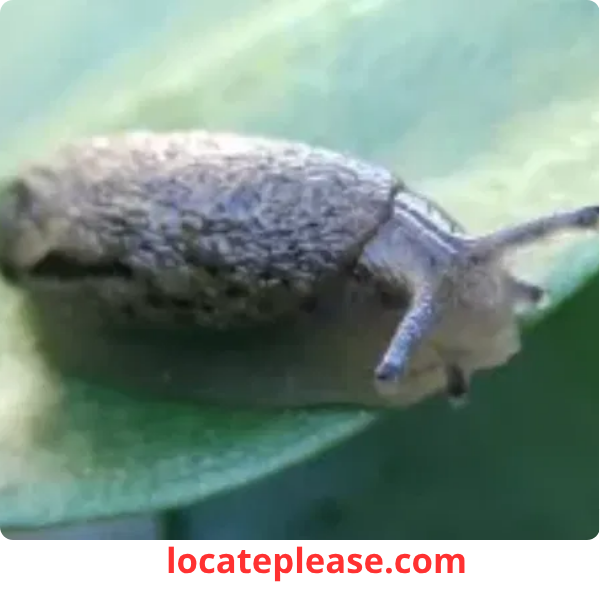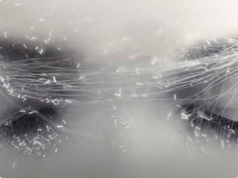You’re walking through your garden or stepping into the kitchen after a rainy night — and there it is: a slow-moving, slimy slug, gliding across the floor or up the side of a plant pot.
Most of us react with a shudder.
We grab a tissue. We flick it away.
We mutter, “Not again.”
But what if we told you that a visiting slug isn’t a sign of dirt or decay — but of balance, fertility, and even scientific wonder?
Far from being just a garden pest, the humble slug plays a vital role in nature — and its quiet presence in your home or yard might actually mean your environment is healthy, moist, and teeming with life.
A Silent Cog in Nature’s Machine
Slugs may not win any beauty contests, but they are nature’s unsung recyclers.
By feeding on:
- Decaying leaves
- Rotting fruit
- Fungi
- Dead plant matter
…they help break down organic material and return essential nutrients to the soil. Think of them as underground gardeners, quietly enriching the earth so your plants can thrive.
Without creatures like slugs, dead matter would pile up, and the soil would lose its fertility.
They’re part of a delicate cleanup crew that keeps ecosystems running smoothly.
You Have a Balanced Food Chain — and That’s Good
Finding a slug in your home or garden also means something else:
👉 Your local food web is intact.
Slugs are more than decomposers — they’re a vital food source for many animals, including:
- Birds (like thrushes and robins)
- Toads and frogs
- Hedgehogs
- Beetles and ground predators
If slugs are around, it’s likely that these predators are too.
Their presence signals a balanced, functioning ecosystem — one where life, death, and renewal are all in harmony.
So while you may not want a slug on your kitchen floor, its existence supports the birds singing in your trees and the frogs croaking in your yard.
From Their Slime to Your Skin: A Beauty Secret in Disguise
Here’s where it gets even more surprising:
That sticky, slimy trail left behind by a slug?
It might one day be in your skincare routine.
Slug mucus contains:
- Hyaluronic acid – a powerful hydrator that plumps skin and reduces wrinkles
- Glycolic acid – gently exfoliates and brightens
- Antibacterial and anti-inflammatory enzymes – help heal wounds and soothe irritation
In fact, slug slime shares key components with the famous “snail mucin” found in high-end Korean beauty products — the same ingredient praised for glowing, youthful skin.
🔬 Scientists and cosmetic labs are now studying slug secretions for:
- Wound healing (especially for burns and chronic ulcers)
- Anti-aging creams
- Natural antibiotic alternatives
So yes — that gooey trail?
It could be the next big thing in medicine and beauty.
A Brain in Slow Motion: Slugs as Neuroscience Pioneers
Believe it or not, slugs have helped us understand the human brain.
Species like Aplysia californica (a sea slug) have simple but well-mapped nervous systems — making them ideal for studying:
- Memory formation
- Learning processes
- Neural plasticity
Nobel Prize-winning research in the 2000s used sea slugs to uncover how neurons store memories — breakthroughs that have advanced our understanding of Alzheimer’s, PTSD, and brain injury recovery.
So while a land slug in your garden may not be a genius, its distant cousin has helped unlock some of the mind’s deepest secrets.
What a Slug in Your House Really Means
When a slug wanders into your home, it’s not a sign of neglect — it’s a message from nature:
✅ Your environment is moist and fertile — perfect for plant life
✅ There’s organic matter nearby — a sign of natural decay and renewal
✅ The local ecosystem is thriving — from soil microbes to predators
✅ Your space is connected to the wild world — and that’s a good thing
They usually enter during or after rain, seeking shelter or moisture — not because your house is dirty, but because it’s warm, damp, and inviting.
How to Respond — With Respect, Not Fear
You don’t need to keep the slug as a pet.
But you can let it go gently.
👉 Instead of killing it:
- Place a jar over it
- Slide a piece of cardboard underneath
- Release it into a shaded garden area
It’ll continue its quiet work — enriching the soil, feeding wildlife, and doing its part for the planet.
Final Thoughts: Nature’s Value Isn’t Always Obvious
The slug may be slow, slimy, and unglamorous — but it’s far from useless.
It cleans the earth.
It feeds other life.
It inspires science.
It fuels beauty.
It teaches us about memory.
And if one finds its way into your home, it’s not a pest to fear —
It’s a quiet reminder that even the most unloved creatures have a purpose.
Because in nature, nothing is insignificant.
Not even the humble slug.










